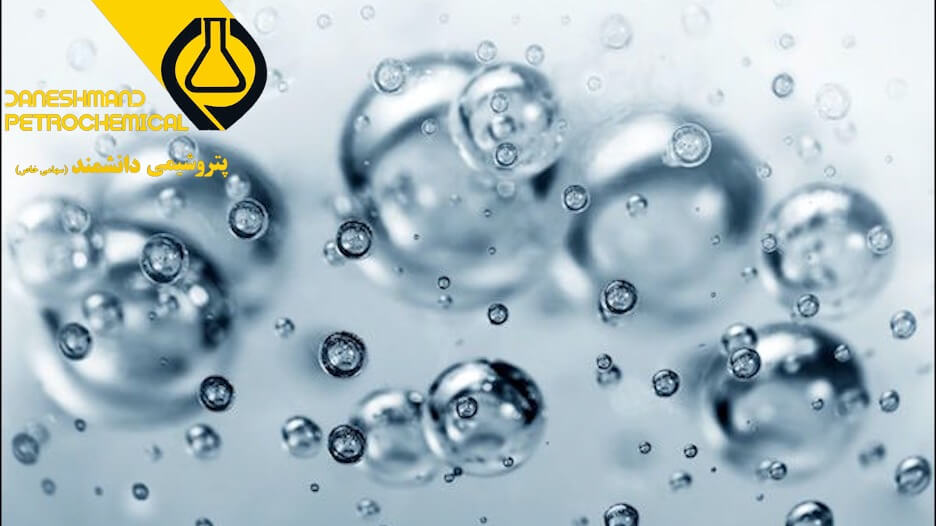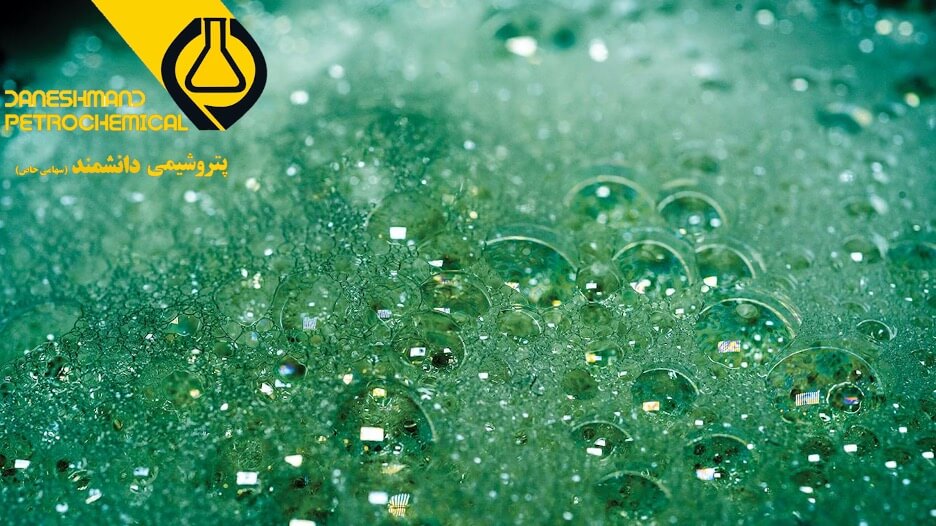alcohol antifoam
Anti-alcoholic foam ISD 400 :
What is Antifoam? As you know, in order to remove foam from alcohol based systems, you must use antifoam according to the structure of the same system.
ISD-400 Alcohol Foam is a strong antifoam that is chemically based on fatty acids and is actually a type of silicone-free diffuser that has foam control properties and has no side effects.
EO / PO alcohol based antifoams contain polyethylene glycol and polypropylene glycol copolymers. They are delivered in the form of oils, water solutions or water-based emulsions. EO / PO copolymers usually have good dispersion properties. Alcohol antifoams consist of the suspension of fatty alcohol particles in an aqueous phase.
Technical specifications of alcoholic foam:
Alcoholic foam is a relatively clear liquid with little turbidity and odor. Alcoholic foam is made of heavy and fatty acids and has a nanoic nature and neutral acidity.
Alcoholic anti-foam function:
Its function is such that by creating a layer on the surface of the foam, it causes the gas molecules inside the bubbles to break and with the exit of the gas from these bubbles, the foam or foams formed are destroyed.

Alcohol foam consumption:
Its consumption should be determined in proportion to the minimum effect of its concentration on each system. This anti-foam can be used as an emulsion (slurry) and as a produced material. If used as an emulsion (diluted), we can mix one part of antifoam with three parts of hot water (in cold seasons) or cold water (in hot seasons). Consumption can be determined with a measuring pump (dosing pump) or a drip container.
The amount of consumption depends to a large extent on the nature and amount of foaming materials and is from 2 to 100, respectively.
Production of anti-foam alcohol:
These antifoams are made from ethers and surfactants such as esters. It is actually made with concentrated active ingredients, such as a polyester surfactant and a polyhydric alcohol fatty acid ester.
Many antifoams are emulsions of stearic acid or fatty acids.
Applications of alcohol diffuser ISD-400:
This material is used to reduce surface stress in water-based drilling fluids as well as solid and liquid fluids to prevent foaming. Alcoholic foams are used in drilling systems with high temperature and different pH of water-based drilling mud.
It is used as a raw material in the synthesis of various plasticizers. 2-Ethyl hexanol esters are widely used in cosmetics and personal care products due to their emollient properties in lotions, sunscreens. Other applications include use in the alcohol industry, paper industry, water and wastewater treatment, construction industry and the production of blue paints and so on.

Advantages of using ISD-400 alcoholic antifoam:
They have good thermal resistance.
They have chemical stability.
They are non-corrosive, meaning they do not corrode the system.
They are non-toxic.
Non-flammable and non-explosive.
Tolerates high concentrations of salt.
They dissolve well in water without the formation of residues on the crack wall, oil floating on the surface, adhesion status, etc ..
It has a strong neutralizing ability and the ability to suppress foam.
The dose of these antifoams is insignificant.
Has no adverse effects on consumables.
In viscous fluids with polymers, it controls the foam well.
Stabilizes the dosing pump pressure by removing trapped air and gas.
How to use anti-alcoholic foam
This foam can be used directly or diluted and then added to the system. The total consumption or dosage for this type of antifoam is 1 liter of foam against 1000 liters of product.
In most cases, we add this antifoam directly to the foaming agent in the existing conditions, but for economic reasons, it is recommended to use a measuring pump for continuous use.
Note: As an industrial chemical, wear protective equipment and observe material safety precautions while using the product.
ISD-400 Alcoholic Foam Storage Conditions
Can be stored in closed barrels at temperatures above 15 ° C for 12 months.
Protect from freezing and keep in a warm room in the cold seasons of the year before consumption.
At relatively cold temperatures a thin layer of sediment may form in the product.

